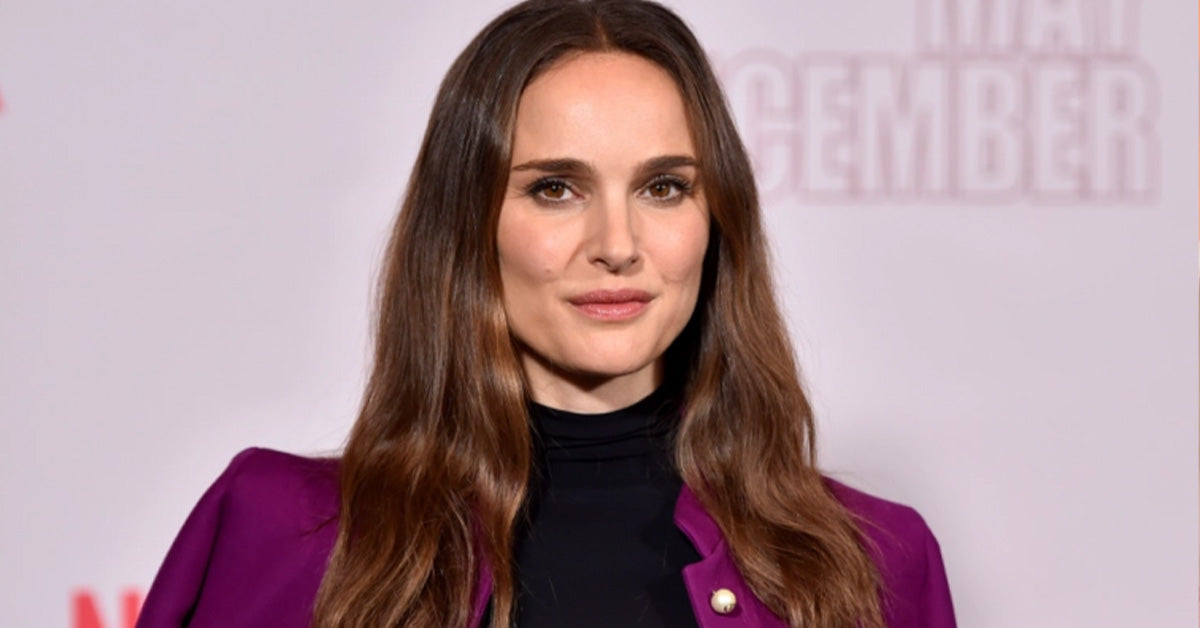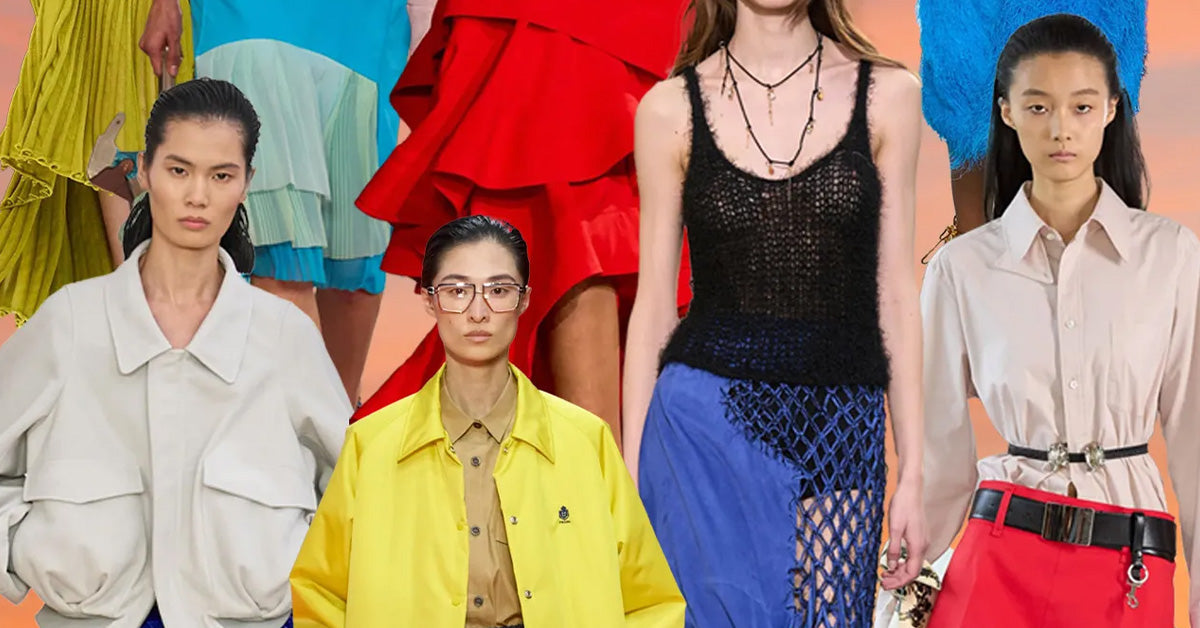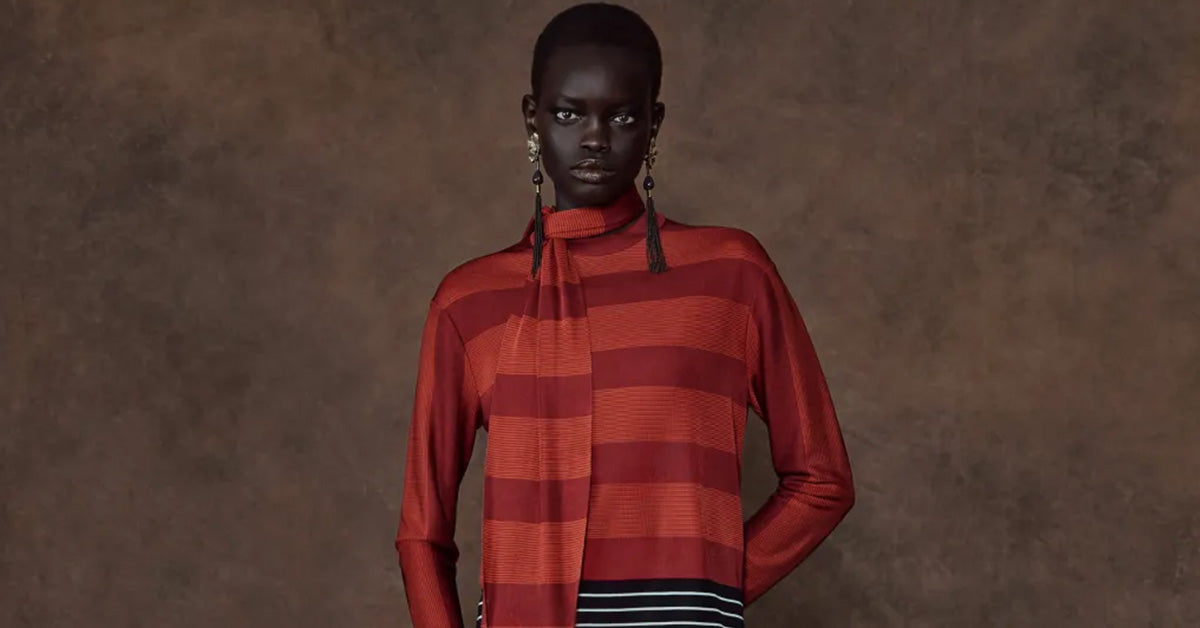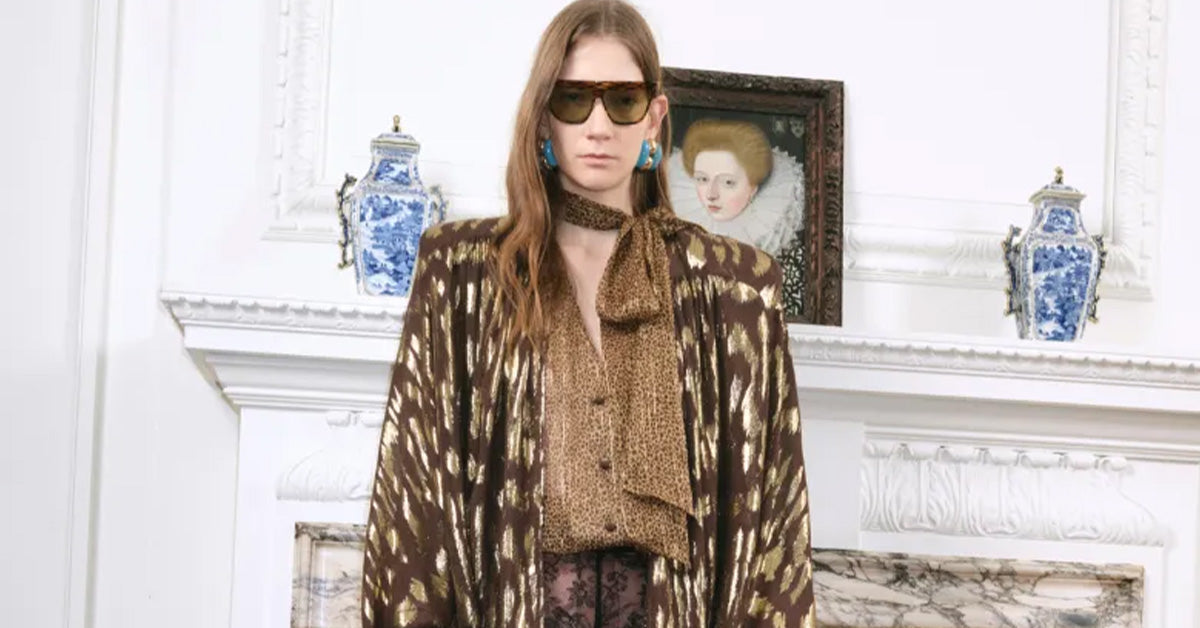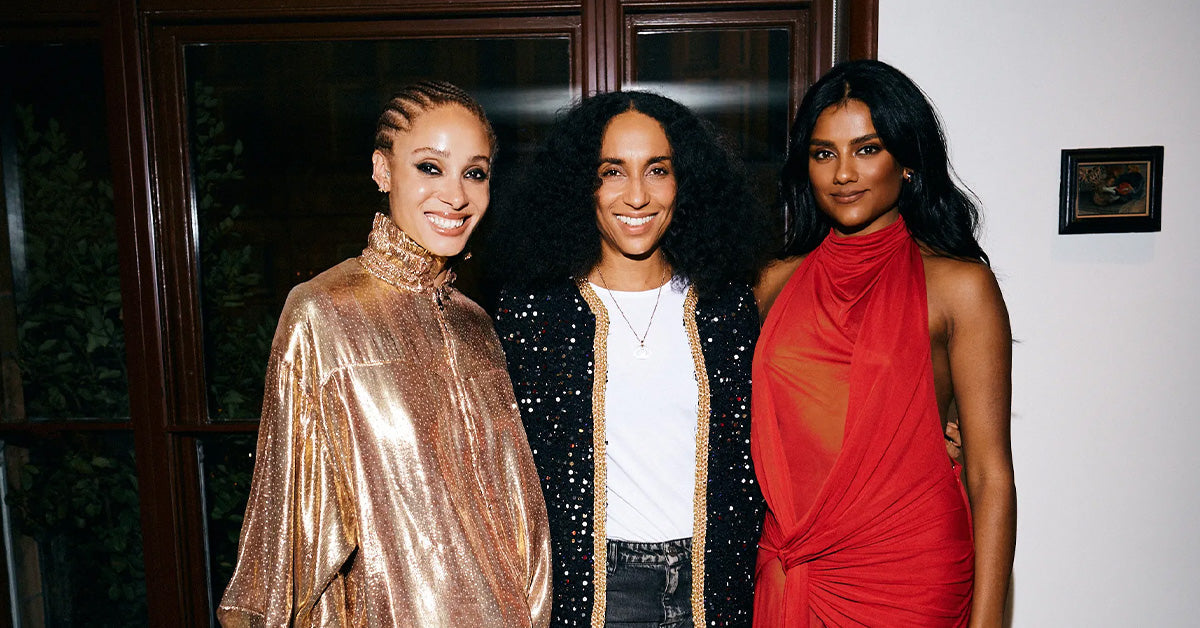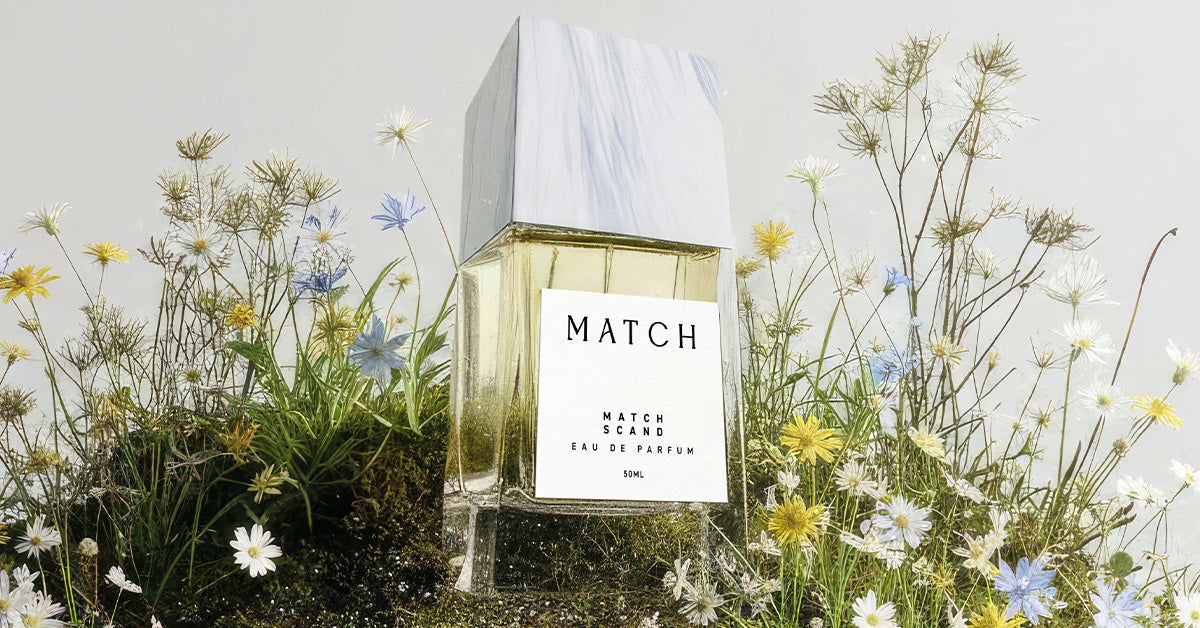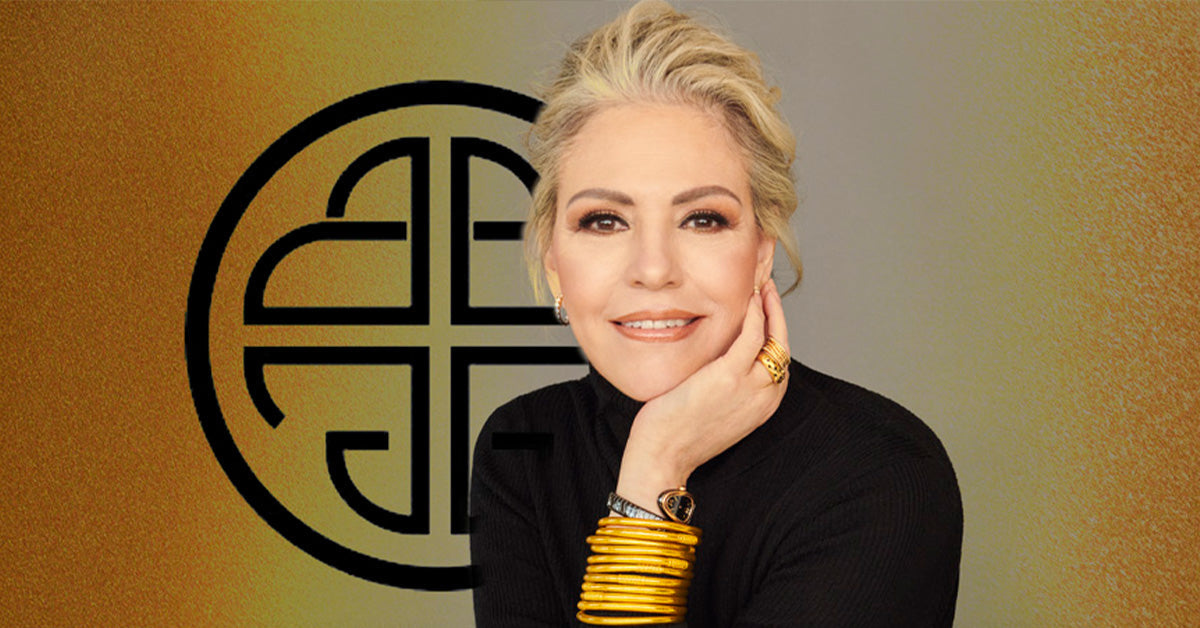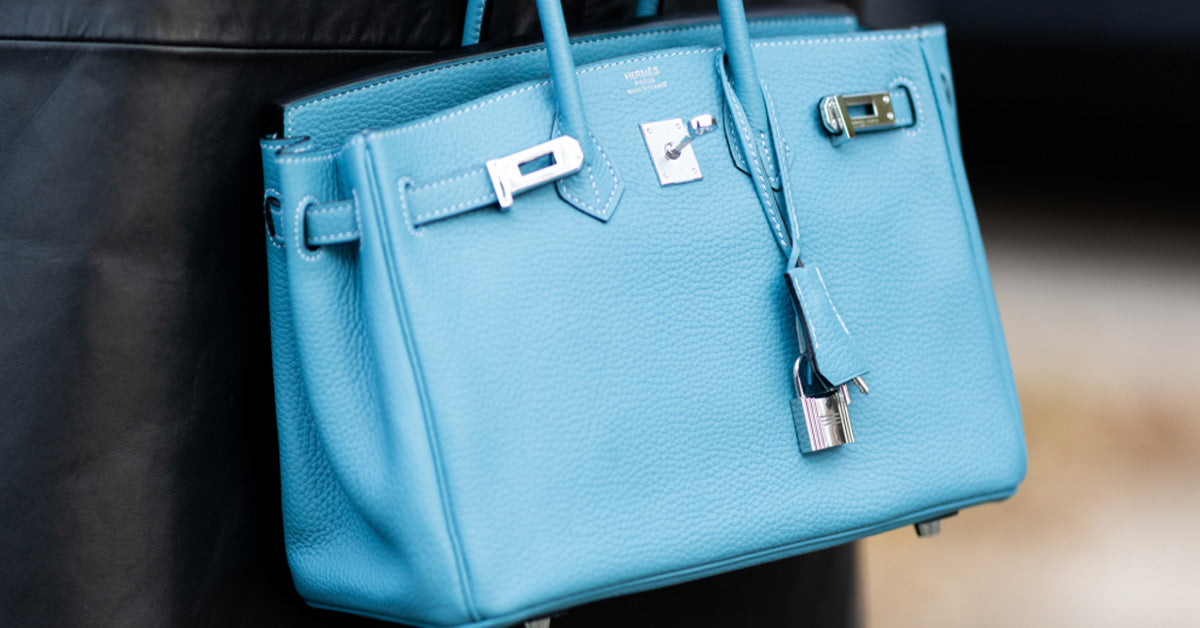The Qipao, internationally known as the Cheongsam, is one of the most iconic and enduring garments in Chinese fashion history. Its sleek silhouette, elegant lines, and rich cultural symbolism have captivated style enthusiasts and designers across the globe. But what exactly is the Qipao? How did it evolve, and what makes it so significant in both traditional and modern wardrobes? In this editorial, we delve deep into the story, design, and influence of the Qipao, unraveling the threads that make this garment a perennial favorite in the world of fashion.
Origins: The Historical Roots of the Qipao
The Qipao traces its roots back to the early 17th-century Qing Dynasty, when it was first worn by Manchu women. The term "Qipao" (旗袍) literally means "banner gown," referencing the Manchu ethnic group, also known as the "Banner People." The original Qipao was a loose-fitting, ankle-length robe with a high collar and straight, broad-cut sleeves, serving as a symbol of Manchu identity and modesty.
As the Qing Dynasty gave way to the Republican era in the early 20th century, the Qipao underwent significant transformation. Influenced by Western tailoring and the changing roles of women in society, the dress became more form-fitting, shorter, and imbued with a sense of modernity. This evolution marked the birth of the Qipao as we recognize it today—a garment that balances tradition with cosmopolitan flair.
Evolution: From Traditional Robe to Modern Icon
The Qipao's journey from a practical robe to a fashionable statement is a reflection of broader social changes in China. During the 1920s and 1930s, especially in cosmopolitan cities like Shanghai, the Qipao became a symbol of female emancipation and sophistication. Socialites, actresses, and intellectuals adopted the garment, pairing it with Western accessories and hairstyles.
Key milestones in the evolution of the Qipao include:
- 1920s–1930s: Introduction of tailored fits, higher slits, and a variety of luxurious fabrics; popularized in Shanghai's flourishing fashion scene.
- 1940s–1950s: Further modernization, with bolder patterns and shorter hemlines; the Qipao becomes a staple for formal events and everyday wear among urban women.
- Post-1949: The Qipao's popularity waned in Mainland China due to political changes, but it remained beloved in Hong Kong, Taiwan, and among overseas Chinese communities.
- Late 20th century–Present: Revival in China and across the globe as a symbol of heritage, nostalgia, and chic elegance, often worn at weddings, festivals, and red-carpet events.
Key Features: Anatomy of the Qipao (Cheongsam)
What sets the Qipao apart from other dresses is its distinctive design and craftsmanship. Essential characteristics include:
- High Mandarin Collar: A defining feature, symbolizing grace and tradition.
- Figure-Hugging Silhouette: Emphasizes the natural curves of the wearer, creating an elegant and refined look.
- Side Slits: Allow for ease of movement and add a touch of modern sensuality.
- Frog Buttons (Pankou): Decorative, hand-made fastenings that add artisanal detail and cultural flair.
- Luxurious Fabrics: Often crafted from silk, brocade, velvet, or cotton, adorned with intricate embroidery or bold prints.
The Qipao’s versatility lies in its adaptability. It can be tailored to various lengths, sleeve styles, and decorative elements, making it suitable for different occasions and personal tastes.
Cultural Significance and Symbolism
Beyond its aesthetic appeal, the Qipao is imbued with deep cultural meaning. It serves as a bridge between the past and present, symbolizing Chinese identity, femininity, and resilience. For many, wearing a Qipao is an act of honoring heritage and expressing pride in one’s roots.
The Qipao is also a popular choice for significant life events:
- Weddings: Brides often wear red or gold Qipaos for good luck and prosperity.
- Festivals: The dress is a favorite during Lunar New Year and other cultural celebrations.
- Modern Events: Celebrities and public figures frequently don Qipaos at international galas, highlighting its enduring global appeal.
The Qipao in Contemporary Fashion
Today, the Qipao continues to inspire designers worldwide. It has been reimagined on global runways by fashion houses such as Gucci, Prada, and Vivienne Tam. Contemporary interpretations play with materials, patterns, and silhouettes while maintaining the dress’s signature elegance.
Modern styling tips for the Qipao include:
- Mixing textures: Pairing silk Qipaos with leather jackets or denim for a chic, urban look.
- Accessorizing: Adding statement jewelry, clutches, or contemporary shoes to update traditional ensembles.
- Layering: Wearing Qipaos over turtlenecks or under tailored coats to blend tradition with trend.
The Qipao’s timeless charm lies in its ability to evolve while retaining its core identity—a testament to the enduring power of cultural fashion.
FAQs About Qipao (Cheongsam)
-
1. What is the difference between Qipao and Cheongsam?
"Qipao" is the Mandarin term, while "Cheongsam" comes from the Cantonese pronunciation. Both refer to the same garment, though "Cheongsam" is more commonly used in Hong Kong and among Western audiences.
-
2. Is the Qipao only worn by Chinese women?
Traditionally, the Qipao was worn by Chinese women, but its beauty and elegance have inspired women of many backgrounds around the world to adopt and adapt the style.
-
3. When is it appropriate to wear a Qipao?
The Qipao is suitable for weddings, festivals, formal occasions, and cultural events. Modern versions can also be worn as statement pieces for parties or gatherings.
-
4. How should a Qipao fit?
A Qipao should fit closely to the body without restricting movement. The ideal fit flatters the wearer’s shape while allowing comfort and ease, especially around the shoulders and hips.
-
5. What are some modern takes on the Qipao?
Designers today experiment with bold prints, unconventional fabrics, and altered silhouettes, such as shorter hemlines or asymmetric cuts, bringing new life and versatility to the traditional Qipao.
The Qipao (Cheongsam) stands as a shining example of how fashion can encapsulate history, culture, and contemporary style in a single garment. Whether worn as a tribute to tradition or as a bold fashion statement, the Qipao continues to inspire and enchant, transcending borders and generations.

